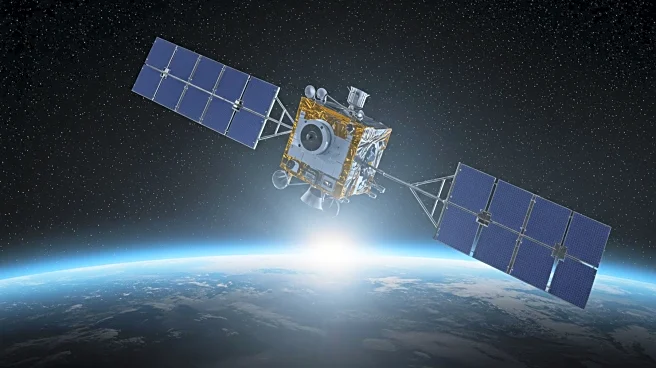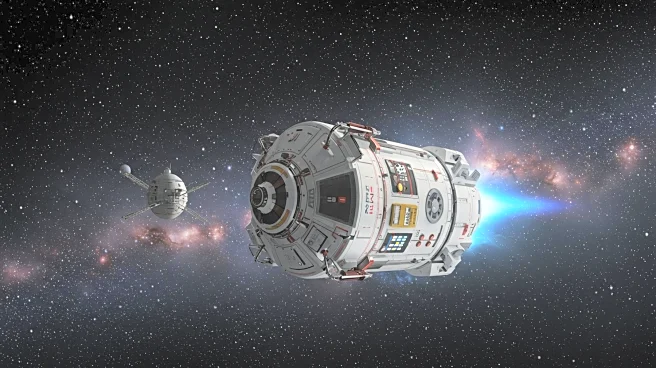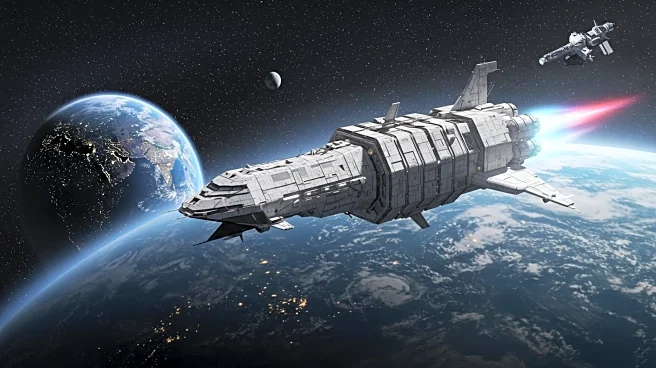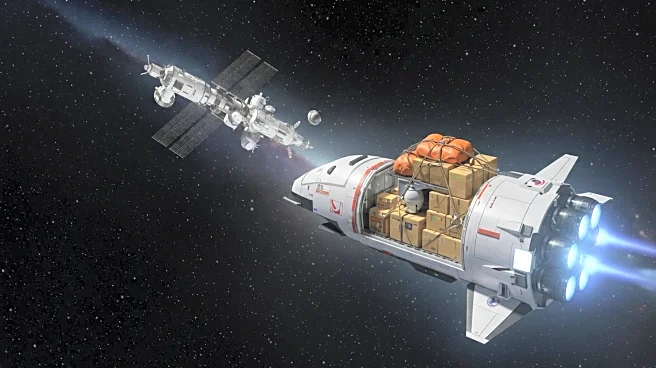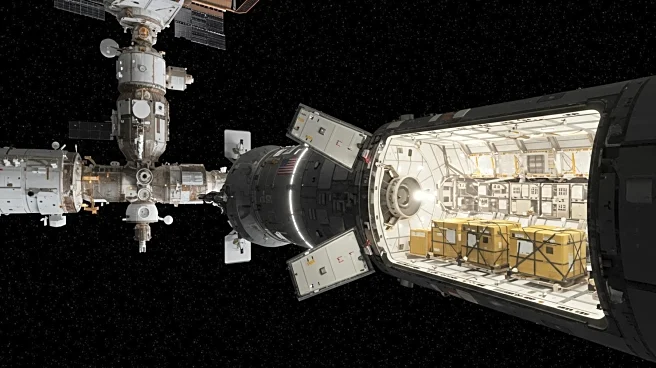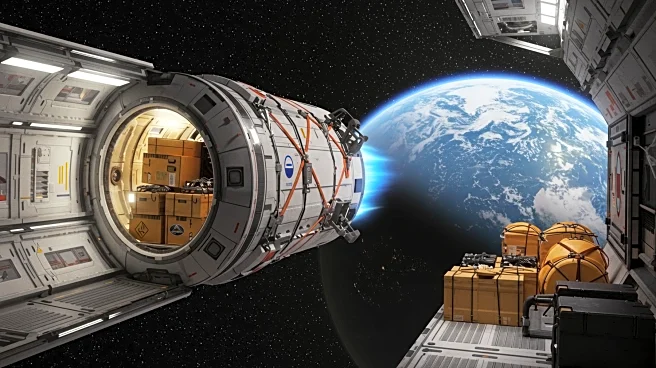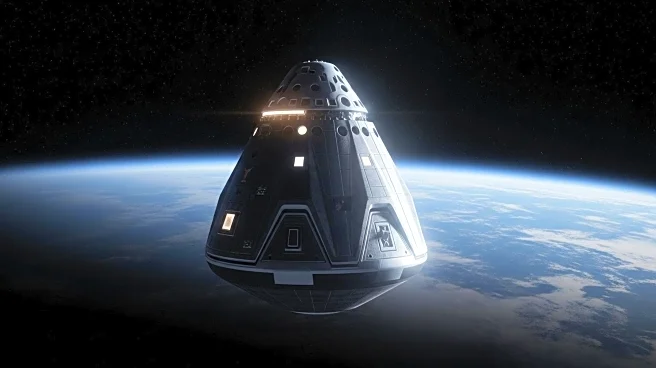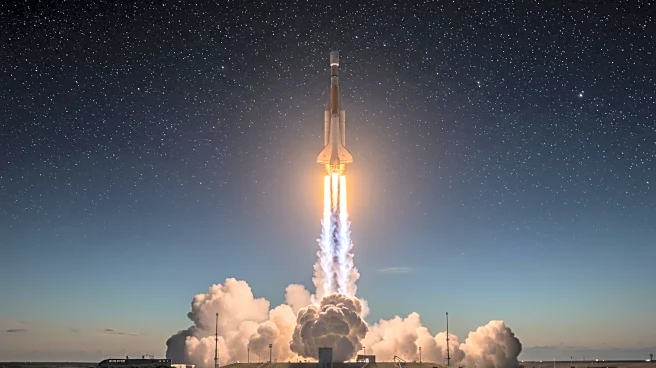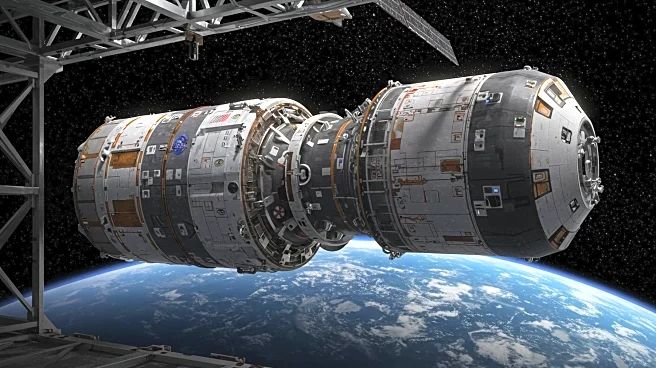Rapid Read • 9 min read
The SpaceX CRS-33 mission represents a significant advancement in commercial space exploration, marking the 33rd commercial resupply mission conducted by SpaceX. Launched on August 24, 2025, from Cape Canaveral aboard a Falcon 9 rocket, the Cargo Dragon spacecraft is tasked with delivering over 2,300 kilograms of supplies and scientific equipment to the International Space Station (ISS). This mission underscores the growing partnership between NASA and private companies in maintaining and supporting the ISS. The Cargo Dragon is scheduled to remain docked at the ISS for approximately four months, allowing it to support various scientific and operational tasks. A notable feature of this mission is the introduction of a boost kit, an innovative solution designed to maintain the station's orbit, highlighting the mission's multifaceted roles beyond mere cargo delivery.
AD
The CRS-33 mission is pivotal in demonstrating the critical role of commercial partnerships in space exploration. By facilitating extended habitation and operations in space, such missions contribute to the expansion of human capability and knowledge beyond Earth. The collaboration between NASA and private entities like SpaceX is essential for the continued success and innovation in the commercial space sector. The introduction of new technologies, such as the boost kit, not only enhances the operational efficiency of the ISS but also sets a precedent for future missions. This mission exemplifies how commercial space endeavors can drive forward international collaboration and innovation, ultimately benefiting scientific research and technological advancement.
The Cargo Dragon's extended stay at the ISS until December 2025 will allow for comprehensive support of the station's requirements, including the utilization of the boost kit. This mission is expected to pave the way for future advancements in space exploration, encouraging further collaboration between NASA and private companies. As the commercial space sector continues to grow, stakeholders will likely focus on developing more innovative technologies and solutions to support long-term space missions. The success of CRS-33 may also influence future policy decisions and funding allocations for space exploration initiatives.
The CRS-33 mission highlights the ethical and environmental responsibilities associated with space exploration. As commercial entities play a larger role in space activities, there is an increasing need to address the sustainability and environmental impact of such missions. The development and implementation of technologies like the boost kit reflect a commitment to maintaining the ISS's operational integrity while minimizing its environmental footprint. This mission could serve as a model for future endeavors, emphasizing the importance of balancing technological advancement with environmental stewardship.
AD
More Stories You Might Enjoy
